This article explores ten pivotal animal cruelty cases that significantly impacted U.S. legislation and public awareness. From laboratory experiments to pet store practices, these cases have shaped animal welfare laws and sparked nationwide debates on the treatment of animals. Each case study highlights the key events, outcomes, and lasting impacts that continue to influence animal protection efforts today.
1. The Silver Spring Monkeys Case (1981) – A Turning Point for Laboratory Animal Welfare
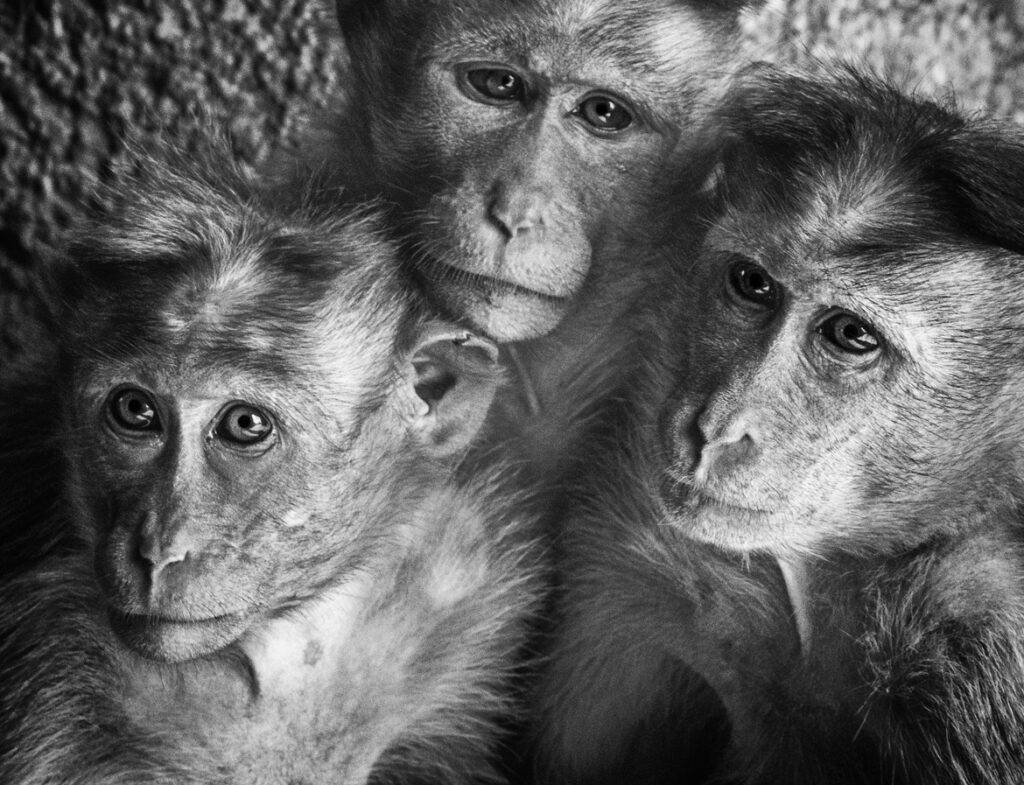
In 1981, a case involving 17 macaque monkeys at the Institute of Behavioral Research in Silver Spring, Maryland, became a landmark moment in U.S. animal rights history. Dr. Edward Taub, a behavioral researcher, was conducting experiments on the monkeys to study nerve regeneration. However, the conditions in which the animals were kept raised serious ethical concerns.
The case came to light when Alex Pacheco, a young activist volunteering at the lab, documented the monkeys’ living conditions and treatment. The evidence he gathered led to the first-ever police raid on an animal research facility in the United States for alleged animal cruelty.
Key Outcomes:
- Dr. Taub was initially convicted of animal cruelty, though this was later overturned on a technicality.
- The case sparked national debate about the ethics of animal experimentation.
- In 1985, Congress passed amendments to the Animal Welfare Act, introducing stricter oversight for laboratory animals.
Lasting Impact:
- The case brought animal rights issues into the national spotlight.
- It led to the establishment of Institutional Animal Care and Use Committees (IACUCs) to oversee research involving animals.
- The incident helped establish PETA as a major force in animal welfare advocacy.
- It influenced modern standards for laboratory animal care, including requirements for pain management and veterinary oversight.
This case remains a pivotal moment in the history of animal welfare legislation, setting precedents that continue to shape research practices today.
2. The Michael Vick Dogfighting Case (2007) – Exposing Underground Dogfighting Rings
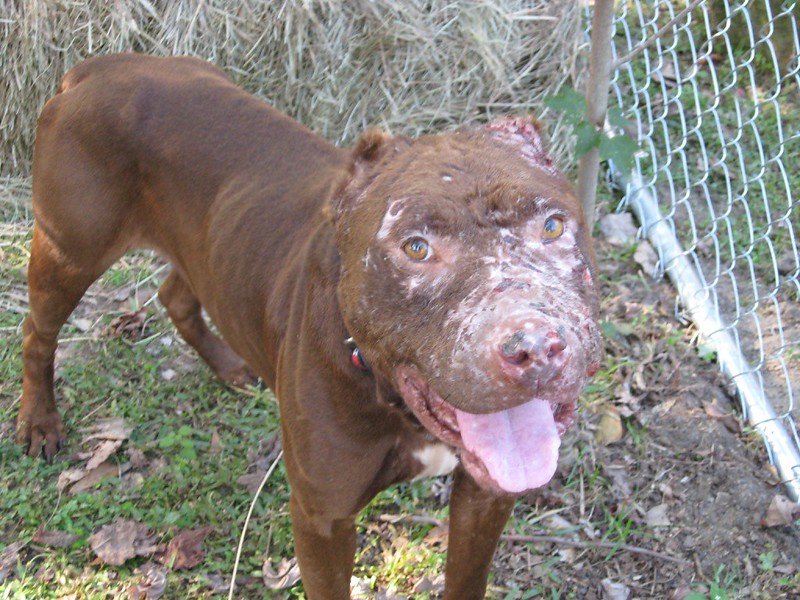
In 2007, NFL quarterback Michael Vick’s involvement in an illegal dogfighting operation shocked the nation. Federal investigators uncovered a dogfighting ring called “Bad Newz Kennels” at Vick’s property in Surry County, Virginia. The case brought widespread attention to the cruel world of underground dogfighting and its connection to organized crime.
The investigation revealed that dozens of dogs were bred and trained for fighting, often in inhumane conditions. The high-profile nature of the case, involving a famous athlete, brought unprecedented media attention to animal cruelty issues.
Key Outcomes:
- Michael Vick pleaded guilty to federal charges and served 21 months in prison.
- The case led to the passage of the Animal Fighting Prohibition Enforcement Act of 2007.
- It resulted in significant increases in penalties for participating in animal fighting ventures.
Lasting Impact:
- Raised national awareness about the prevalence and brutality of dogfighting.
- Inspired stronger anti-dogfighting legislation in multiple states.
- Changed public perception about the rehabilitation potential of fighting dogs.
- Led to increased funding and support for animal rescue organizations.
The Michael Vick case became a turning point in how law enforcement and the public viewed animal cruelty, particularly dogfighting, in the United States.
3. The Westland/Hallmark Meat Packing Scandal (2008) – Reforming Slaughterhouse Practices
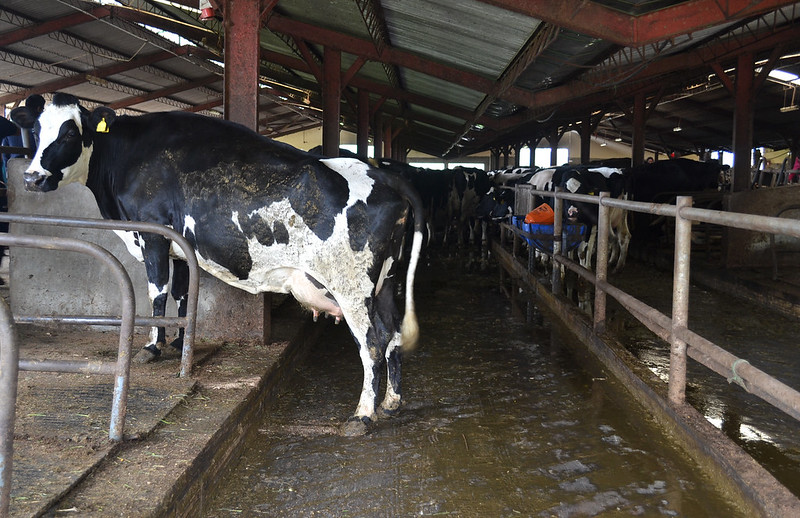
In 2008, an undercover investigation at the Westland/Hallmark Meat Packing Company in Chino, California, exposed serious violations of food safety and animal welfare regulations. The investigation, conducted by the Humane Society of the United States, revealed the mistreatment of cattle too weak or sick to walk, known as “downer” cows.
The footage showed workers using extreme measures to force these animals to their feet for slaughter, raising concerns about both animal cruelty and public health risks. The case gained national attention due to the company’s role as a major supplier to the National School Lunch Program.
Key Outcomes:
- The USDA ordered the largest beef recall in U.S. history, totaling 143 million pounds.
- Criminal charges were filed against several plant workers.
- The incident led to the permanent closure of the Westland/Hallmark facility.
Lasting Impact:
- Prompted stricter USDA regulations on the treatment of downer cattle.
- Led to increased frequency and intensity of slaughterhouse inspections.
- Raised public awareness about the connection between animal welfare and food safety.
- Influenced industry-wide changes in slaughterhouse practices and oversight.
This case significantly altered the landscape of meat production regulations in the United States, emphasizing the importance of humane treatment in food safety protocols.
4. The Petland Puppy Mill Investigation (2008) – Exposing Unethical Pet Store Practices
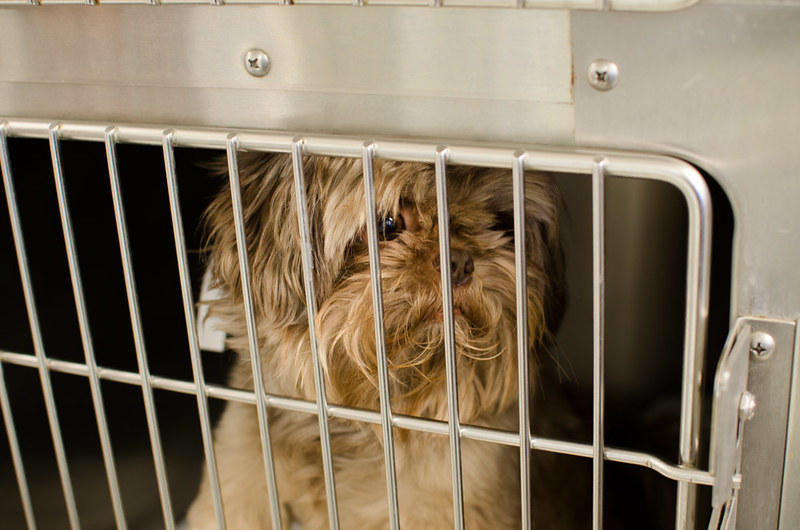
In 2008, an investigation by the Humane Society of the United States revealed troubling connections between Petland, one of the largest pet store chains in the U.S., and commercial puppy mills. The investigation found that despite claims of sourcing from reputable breeders, many Petland puppies came from large-scale breeding facilities with questionable animal care standards.
The case brought national attention to the issue of puppy mills and their relationship with retail pet stores. It highlighted the often-hidden supply chain behind pet store puppies and the health and welfare concerns associated with mass breeding operations.
Key Outcomes:
- Multiple lawsuits were filed against Petland in several states.
- The investigation sparked a nationwide debate on the ethics of selling puppies in pet stores.
- Several states and municipalities began considering bans on the retail sale of puppies.
Lasting Impact:
- Led to increased public awareness about puppy mills and their connection to pet stores.
- Inspired “adopt, don’t shop” campaigns promoting pet adoption from shelters and rescues.
- Resulted in stricter regulations for commercial dog breeders in some states.
- Contributed to a shift in consumer behavior, with more people choosing to adopt rather than buy pets.
This case played a significant role in changing public perception about the source of pet store puppies and the importance of responsible pet acquisition.
. Susie’s Law (2010) – Strengthening Animal Cruelty Penalties in North Carolina

In 2009, a pit bull mix puppy named Susie was found severely injured in a Greensboro, North Carolina park. The puppy had suffered serious burns and other injuries, allegedly at the hands of her previous owner. Despite the severity of the abuse, the perpetrator initially faced only minor charges due to weak animal cruelty laws in the state.
Susie’s story gained widespread attention, sparking public outrage and a campaign for stronger animal protection laws. Donna Lawrence, the woman who adopted Susie, became a vocal advocate for legislative change.
Key Outcomes:
- North Carolina passed “Susie’s Law” in 2010, making animal abuse a felony offense.
- The law increased penalties for malicious abuse, torture, or killing of animals.
- It allowed judges to sentence offenders to active jail time rather than just probation.
Lasting Impact:
- Raised awareness about the need for stronger animal cruelty laws nationwide.
- Inspired similar legislation in other states.
- Susie became a symbol of animal resilience and the power of advocacy.
- The case highlighted the link between animal abuse and human violence.
Susie’s Law demonstrated how a single case of animal cruelty could catalyze significant legal reforms and public awareness.
6. The Conklin Dairy Farm Abuse Case (2010) – Exposing Factory Farm Cruelty
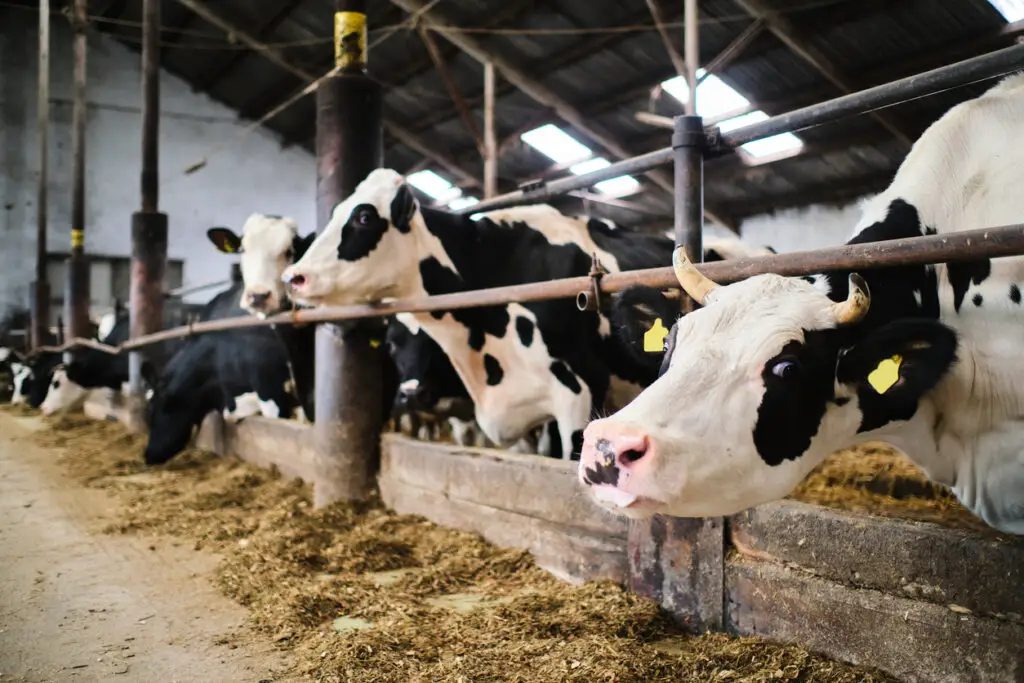
In 2010, an undercover investigation at Conklin Dairy Farms in Plain City, Ohio, revealed disturbing instances of animal abuse. The footage, captured by an investigator from Mercy for Animals, showed workers engaging in acts of cruelty against dairy cows and calves.
The case gained national attention, not only for the nature of the abuse but also for its role in the broader debate about transparency in animal agriculture. It highlighted the ethical concerns surrounding industrial farming practices and the treatment of livestock.
Key Outcomes:
- One employee was charged with animal cruelty and sentenced to jail time.
- The case led to increased scrutiny of dairy farm practices nationwide.
- It sparked debates about the use of undercover investigations in exposing animal abuse.
Lasting Impact:
- Raised public awareness about animal welfare issues in the dairy industry.
- Led to discussions about the need for stronger oversight in factory farming.
- Influenced some states to consider “ag-gag” laws to restrict undercover investigations on farms.
- Encouraged some consumers to seek out more ethically sourced dairy products.
The Conklin Dairy Farm case became a touchstone in the ongoing debate about farm animal welfare and the public’s right to know about food production practices.
7. The Butterball Turkey Abuse Case (2011) – Reforming Poultry Industry Practices
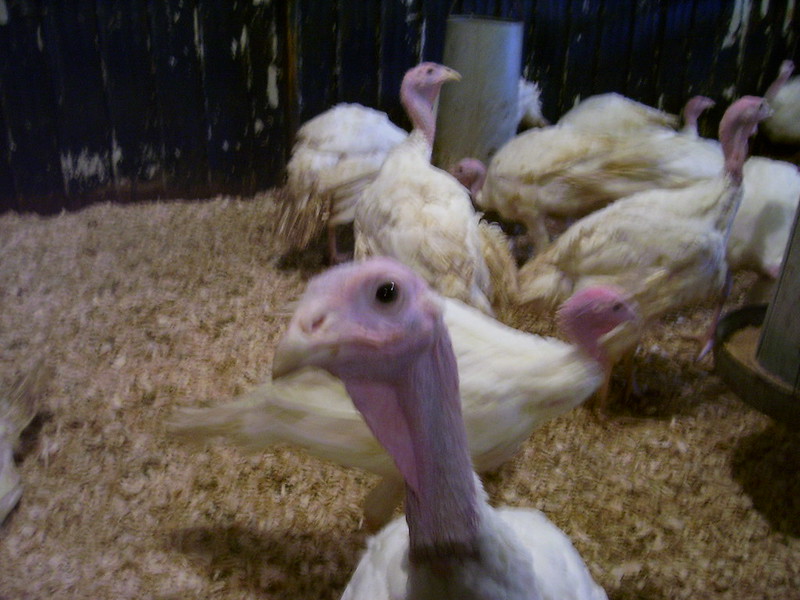
In 2011, an undercover investigation at a Butterball turkey farm in North Carolina revealed concerning animal welfare issues. The footage, captured by an investigator from Mercy for Animals, showed workers mistreating turkeys and raised questions about standard practices in the poultry industry.
The case gained significant media attention, partly due to Butterball’s status as the largest turkey producer in the United States. It sparked discussions about the treatment of birds in factory farming, which are not protected under the federal Humane Slaughter Act.
Key Outcomes:
- Several Butterball employees were charged with animal cruelty.
- The case led to the first-ever felony conviction for cruelty to factory-farmed poultry in the U.S.
- Butterball implemented new animal welfare policies and employee training programs.
Lasting Impact:
- Increased public awareness about welfare issues in the poultry industry.
- Led to discussions about extending legal protections to poultry in factory farms.
- Influenced some food companies to reevaluate their animal welfare standards.
- Encouraged more transparent practices in the poultry industry.
This case highlighted the need for stronger oversight and welfare standards in poultry farming, an often-overlooked sector of animal agriculture.
8. The Tennessee Walking Horse Abuse Case (2012) – Combating “Soring” in Show Horses
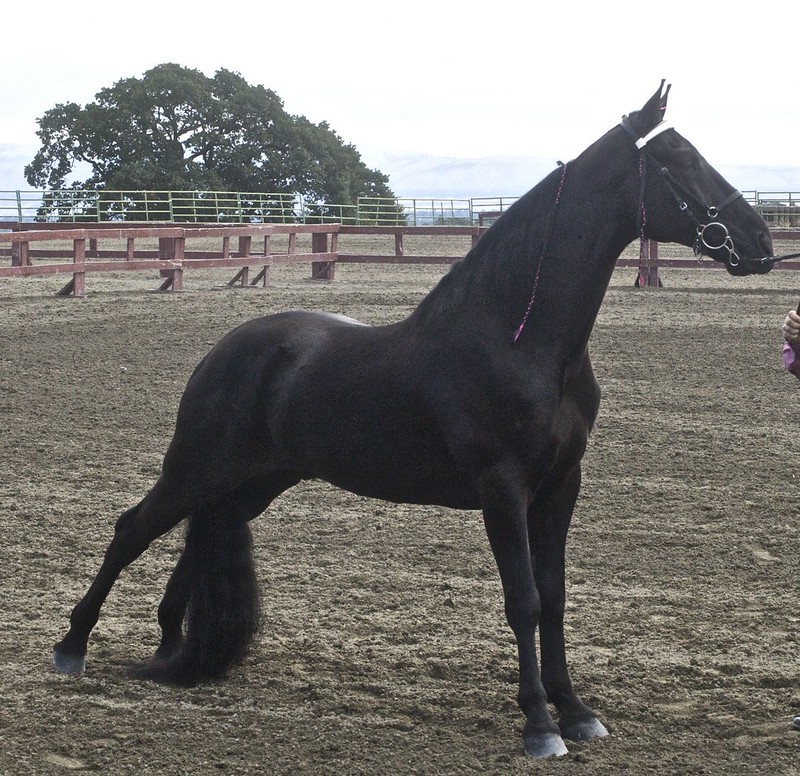
In 2012, an undercover investigation exposed abusive practices in the Tennessee Walking Horse industry. The footage, captured by the Humane Society of the United States, revealed trainers using a cruel practice known as “soring” to achieve the breed’s distinctive high-stepping gait.
Soring involves applying caustic chemicals or mechanical devices to a horse’s legs to cause pain, forcing the animal to lift its legs higher when walking. The case brought national attention to this long-standing issue in the show horse world.
Key Outcomes:
- Prominent trainer Jackie McConnell pleaded guilty to conspiracy to violate the Horse Protection Act.
- The case led to increased federal scrutiny of the Tennessee Walking Horse industry.
- It sparked renewed efforts to strengthen the Horse Protection Act.
Lasting Impact:
- Raised public awareness about the practice of soring in the horse show industry.
- Led to the introduction of the PAST (Prevent All Soring Tactics) Act in Congress.
- Resulted in stricter oversight at Tennessee Walking Horse competitions.
- Encouraged some show organizers to ban the use of artificial devices associated with soring.
This case shed light on a lesser-known form of animal cruelty and helped push for reforms in the equestrian show world.
9. The PACT Act (2019) – Establishing Federal Penalties for Animal Cruelty
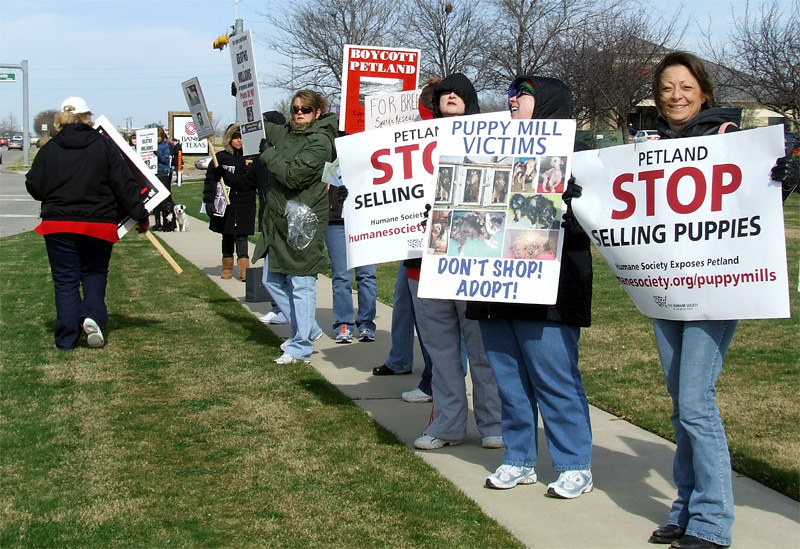
In 2019, the Preventing Animal Cruelty and Torture (PACT) Act was signed into law, marking a significant milestone in federal animal protection legislation. Prior to this act, animal cruelty laws were primarily enforced at the state level, with limited federal jurisdiction.
The PACT Act was inspired by various cases of extreme animal abuse, including the production of “crush videos” – disturbing content involving the torture of animals. The law aimed to close loopholes that had previously allowed some perpetrators to avoid federal prosecution.
Key Outcomes:
- Made certain acts of animal cruelty federal felonies for the first time.
- Established penalties of up to seven years in prison for convicted offenders.
- Provided federal law enforcement with additional tools to prosecute animal abusers.
Lasting Impact:
- Created a federal framework for addressing severe animal cruelty cases.
- Sent a strong message about the seriousness of animal abuse at a national level.
- Encouraged more consistent enforcement of animal cruelty laws across state lines.
- Raised public awareness about the connection between animal cruelty and other violent crimes.
The PACT Act represented a significant step forward in recognizing animal cruelty as a serious crime at the federal level.
10. The Big Cat Public Safety Act (2022) – Regulating Exotic Animal Ownership

In 2022, the Big Cat Public Safety Act was signed into law, addressing longstanding concerns about the private ownership of big cats in the United States. The issue gained widespread attention following the popularity of documentaries like “Tiger King,” which exposed the problems associated with private ownership of tigers and other large exotic cats.
The act aimed to curb the breeding and possession of big cats by unlicensed individuals and facilities, addressing both animal welfare and public safety concerns.
Key Outcomes:
- Prohibited private ownership of tigers, lions, leopards, and other big cats.
- Banned public contact with cubs, a practice often used in roadside zoos and photo ops.
- Required existing owners to register their animals with federal authorities.
Lasting Impact:
- Significantly reduced the number of big cats in private captivity.
- Improved living conditions for many captive big cats.
- Decreased the risk of dangerous human-animal interactions.
- Raised awareness about the ethical issues surrounding exotic pet ownership.
This legislation marked a turning point in how the United States regulates the possession of dangerous exotic animals, prioritizing both animal welfare and public safety.
Conclusion:
These ten landmark cases highlight the evolution of animal welfare laws and public awareness in the United States. Each case has contributed to stronger protections for animals, from laboratory practices to exotic pet ownership.
They demonstrate a growing societal concern for animal welfare, leading to legal changes, shifts in public opinion, and improved industry practices. As we move forward, these cases remind us of the ongoing need for vigilance in animal protection and the power of public awareness to drive change.
While significant progress has been made, the fight against animal cruelty continues. These cases provide valuable lessons and inspiration for future efforts to ensure the humane treatment of all animals.


